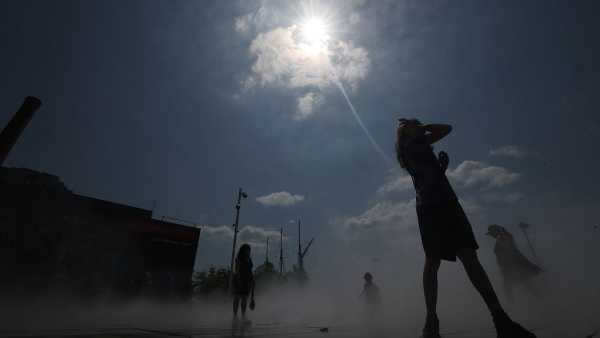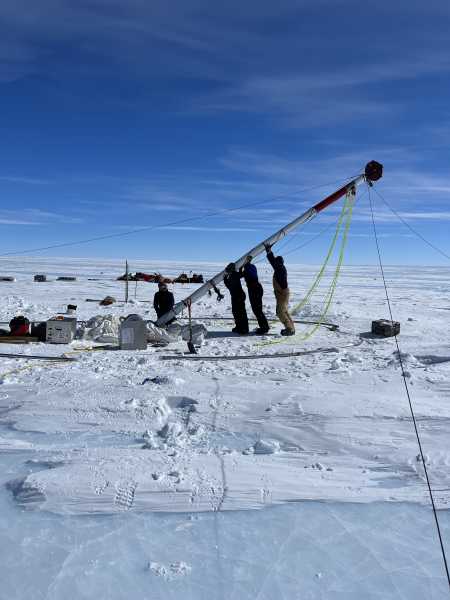
View from the cockpit of NASA's WB57 research aircraft during the SABRE mission on March 5, 2023. (Image credit: NASA)
A research flight has found that a dangerous chemical compound polluting groundwater is formed in the upper atmosphere.
According to new data, perchlorates – chlorine-containing substances that can affect the functioning of the thyroid gland – are formed from smoke particles and organic matter in the stratosphere at an altitude of 10-50 kilometers.
Scientists have long suspected that perchlorates form in the upper atmosphere as a result of cosmic radiation affecting their natural forms. However, the mechanism and precise conditions of their formation remained unclear.
You might be interested
-
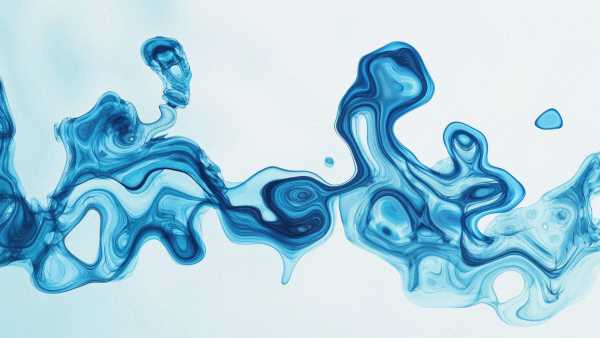
Researchers convert 'forever chemicals' in water into fluoride using innovative method
-
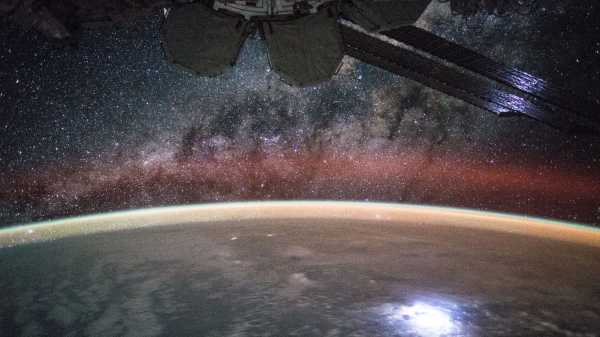
New Method Discovered for Detecting Hidden 'Plasma Bubbles' in Upper Atmosphere
-
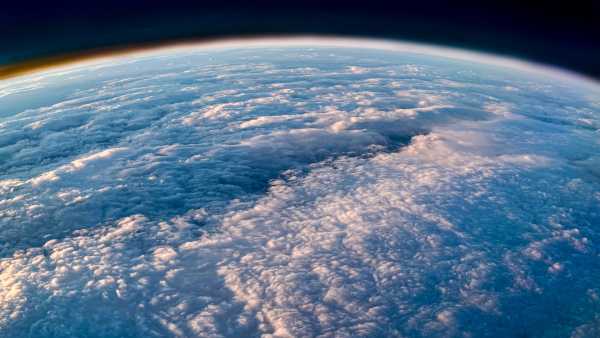
Miniature solar devices can explore little-studied areas of the atmosphere.
The main component of the stratosphere is microparticles of sulfuric acid, but scientists have found that perchlorates hardly interact with them. Instead, toxic compounds were found on nitrogen-containing particles and smoke elements, which rarely reach such heights.
The question now arises: is increased anthropogenic pollution of the stratosphere capable of increasing the concentration of perchlorates in groundwater after their deposition?
“It's unclear whether changes in the stratosphere's aerosol composition will lead to increases in perchlorate,” said Daniel Murphy, NOAA's aerosol program manager. The current work highlights the need for further study of the issue, he told Live Science.
Man-made perchlorates are used in explosives, batteries and rocket fuel. Although industrial production sometimes causes contamination, most of it is naturally occurring. The EPA aims to set federal drinking water standards by November.
The discovery of the perchlorate formation site was part of a larger project to study stratospheric aerosols. Data was collected from a NASA WB-57 aircraft that reaches altitudes of 19,000 meters, well above normal air travel.
“These are the most detailed measurements of perchlorates ever made,” Murphy said. “They provide unique insights into their natural stratospheric origins.”
In a study published July 28 in PNAS, the scientists compared natural perchlorates with samples from rocket fuel, confirming that they are of different origins. This rules out the influence of rocket launches on stratospheric concentrations.
Murphy noted that it is not yet clear whether the selective adhesion of perchlorates to organics and smoke particles only affects their formation or has more global consequences. Increased levels of such particles in the stratosphere could potentially increase levels of the toxins, which raises concerns about their long-term persistence in the environment — up to 10,000 years in arid zones.
“For example, the increased frequency of forest fires around the world could increase the natural formation of perchlorates,” he added.
RELATED TOPICS
— Martian dust storms create electric purple glow
— Stratospheric dehydration is seen as a potential method to combat climate change
— Groundwater discovered that is 1.2 billion years old — the oldest on the planet
Some geoengineering projects involve injecting particles into the stratosphere to reflect sunlight, which can be risky due to the potential formation of perchlorates.
But scientists are now ready to study these processes. The discovery of perchlorates on Mars means that planetary scientists have the necessary equipment. “Laboratory experiments will help to determine whether human activity can inadvertently increase the concentration of these substances at high altitudes,” Murphy concluded.

Stephanie Pappas is a Live Science freelance writer.
Stephanie Pappas is a science journalist who covers a wide range of topics from geology to neuroscience. A former lead writer for Live Science, she now contributes to Scientific American and The Monitor. She has a degree in psychology and a certificate in science communication.
Please verify your name before posting a comment.
Please sign in again to enter your display name.
Exit Read more
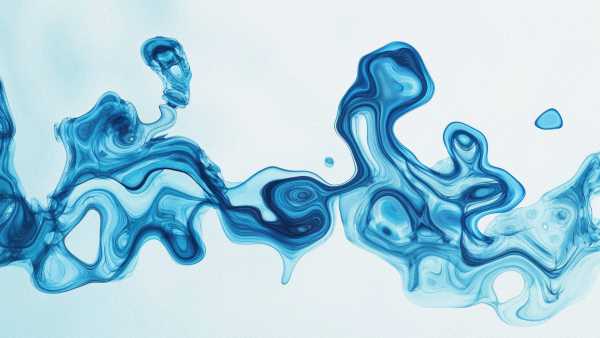
Scientists Turn 'Forever Chemicals' in Water into Fluoride with New Process
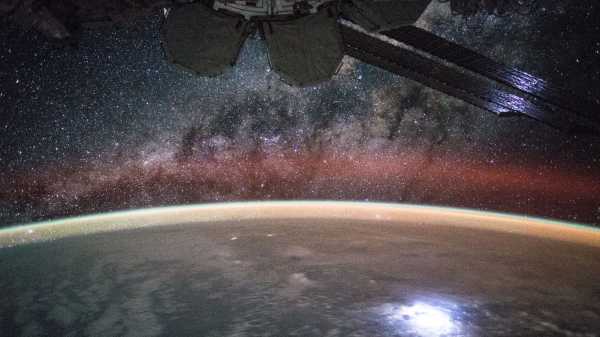
Scientists have found a new way to detect invisible 'plasma bubbles' lurking in the Earth's upper atmosphere
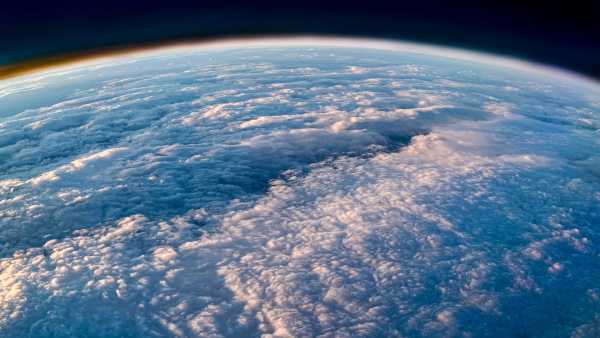
Tiny devices powered by sunlight could explore a mysterious region of Earth's atmosphere.
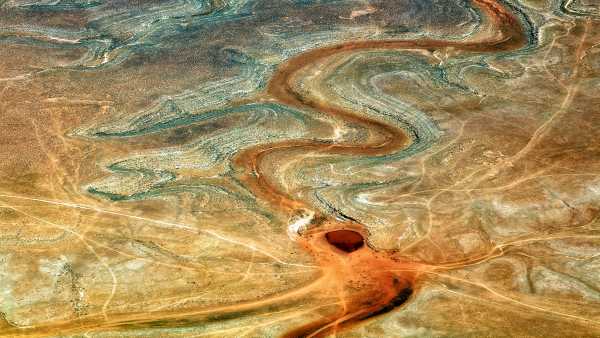
Ancient groundwater records offer alarming forecast for US Southwest
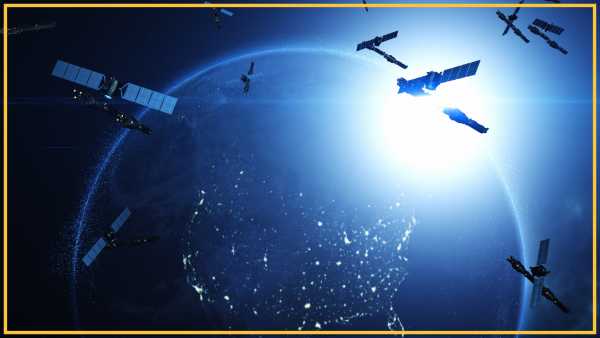
What Goes Up Must Come Down: Why Megaconstellations Like SpaceX's Starlink Network Are a Serious Security Threat to Us on Earth
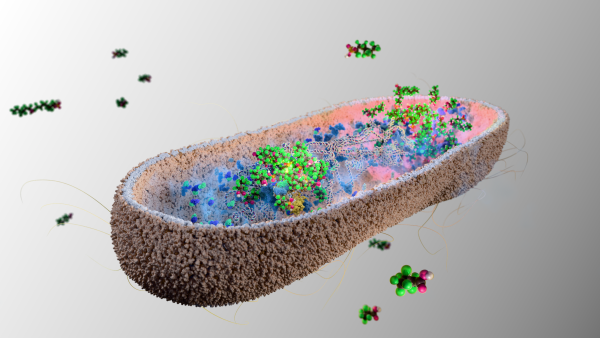
Our gut bacteria can absorb and eliminate toxic 'forever chemicals' — at least in lab mice. Latest news on Planet Earth

“This technology is possible today”: Nuclear waste could become a future energy source and expand access to rare fuel.
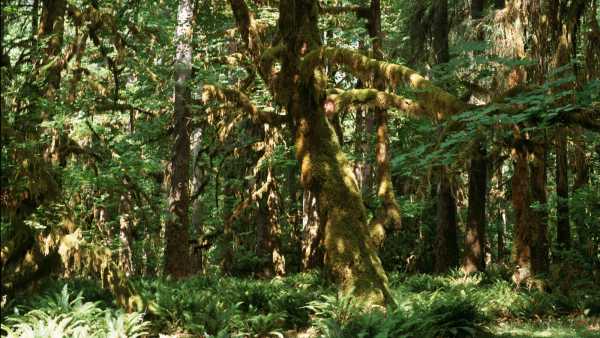
One of the tallest trees in the world, a centuries-old Doerner fir, is burning in Oregon.

The mysterious earthquake that shook Northern California in 1954 occurred in the “eerily quiet” Cascadia subduction zone.
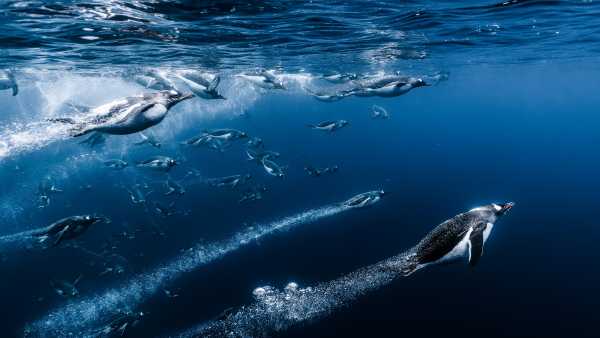
Rocket-shaped jellyfish, majestic Komodo dragons and a harrowing whale rescue – meet the stunning finalists of the 2025 Marine Photographer of the Year competition
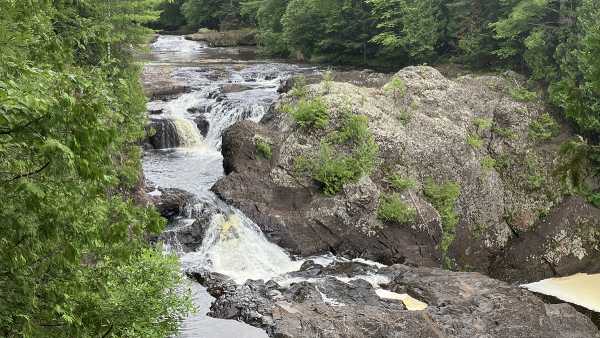
Rocks in Lake Superior bear witness to the aftermath of a giant collision that created the supercontinent Rodinia.
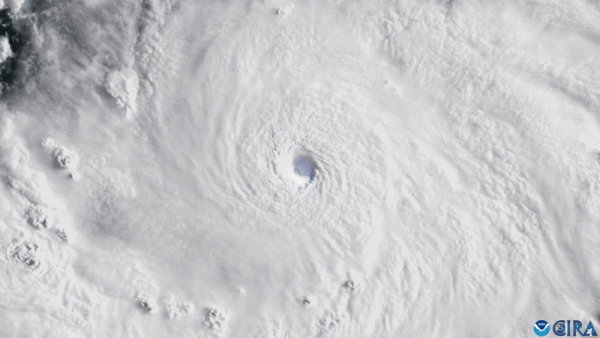
Watch Hurricane Erin Reaches Category 5 Strength With Lightning. Latest News
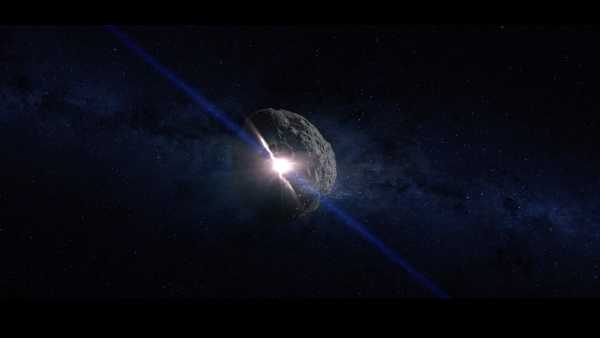
Asteroids Bennu and Ryugu May Be Long-Lost Siblings, JWST Hints

The first Americans had Denisovan DNA. And it may have helped them survive.
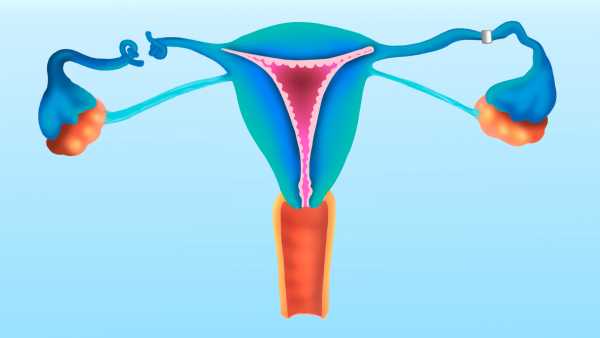
How does the tubal ligation procedure work?

In September we will have an “equinox eclipse”
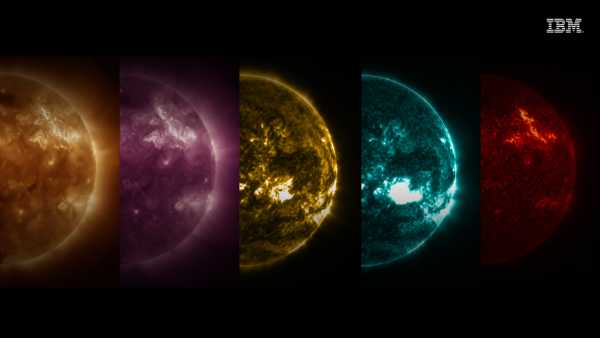
IBM and NASA Create First-of-its-Kind Artificial Intelligence That Can Accurately Predict Powerful Solar Flares LATEST ARTICLES
Sourse: www.livescience.com


